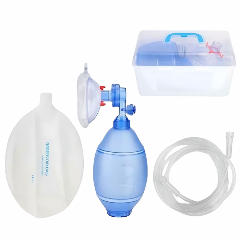
A manual resuscitator used for assisted ventilation in patients with respiratory distress. Features a self-inflating bag and oxygen inlet.
Types : Adult, Pediatric, Infant BVMs with disposable or reusable masks.

Essential kits stocked with supplies to treat minor injuries and medical emergencies. Ideal for homes, offices, schools, and vehicles.
Types : Basic, Intermediate, and Advanced kits; Wall-mounted or portable cases.
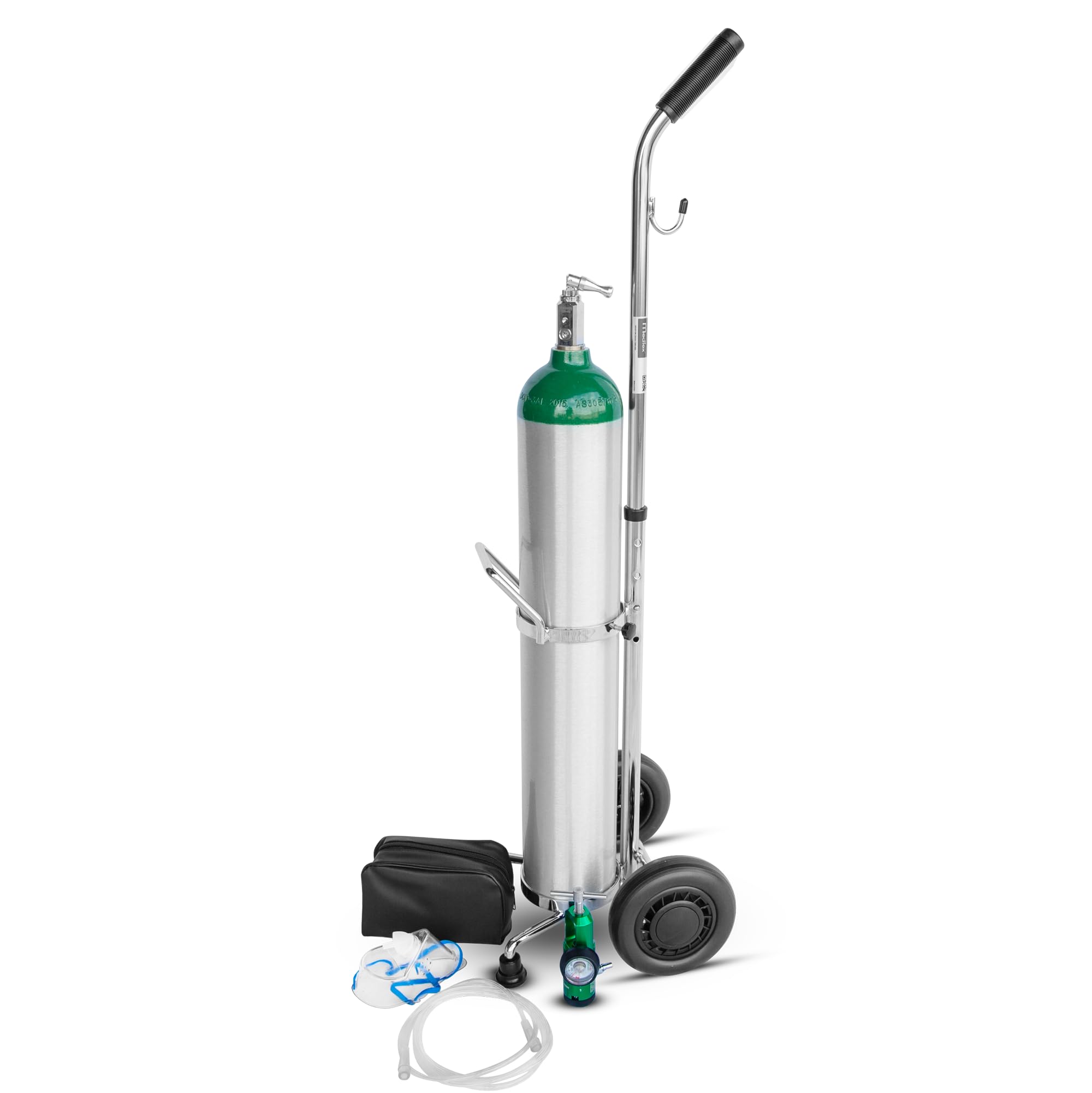
Compact oxygen delivery system used in emergencies for hypoxia management. Includes Gas cylinder, regulator, mask, and carry case.
Types : Aluminum and steel cylinders; 2-10L capacities.
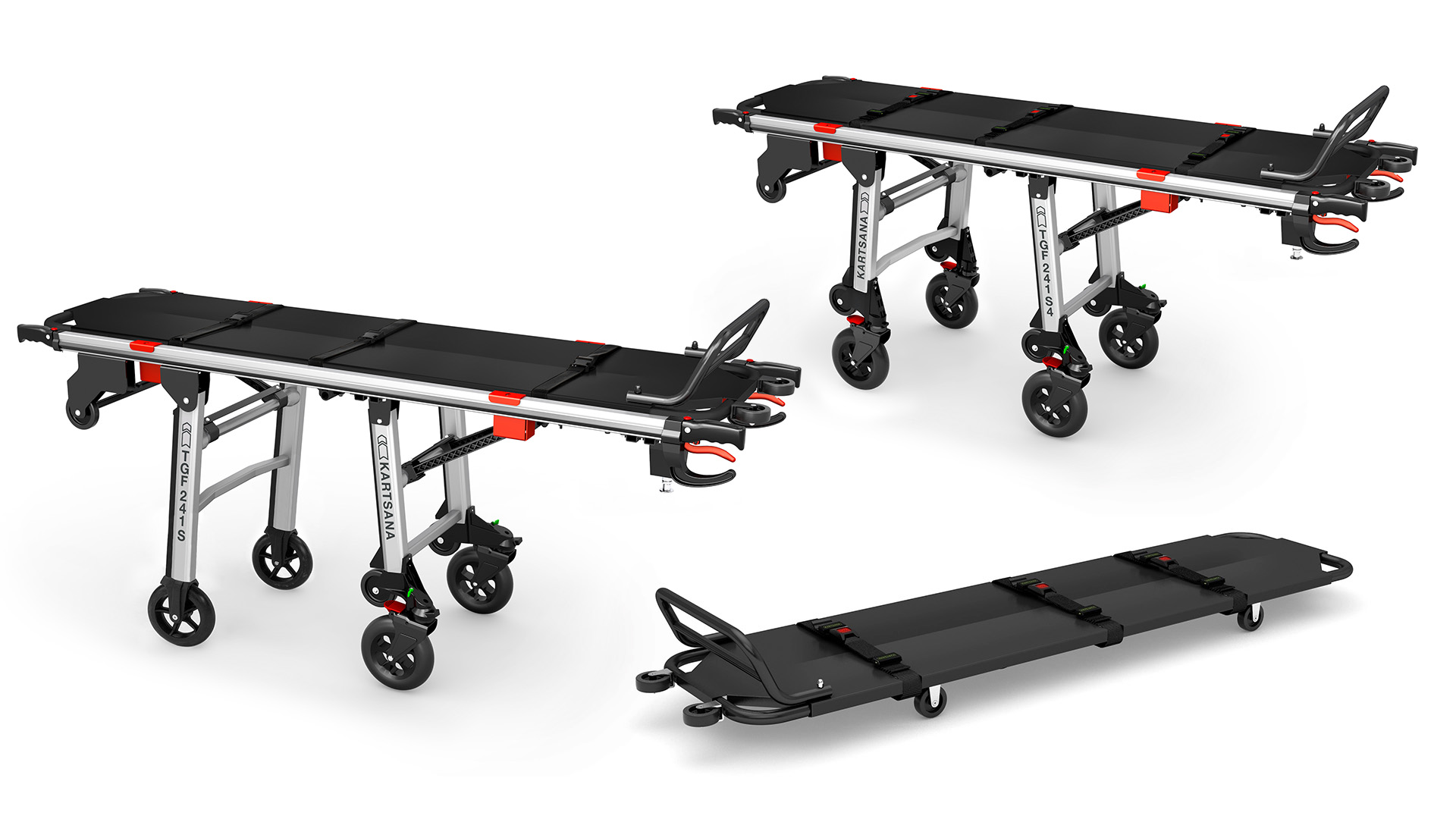
Used for safe patient transport in emergencies or transfers. Lightweight, durable, and easy to deploy.
Types : Foldable, Scoop, Spine board, Ambulance stretchers, Neonatal Stretchers (Infant Transport Incubators), Bariatric Stretchers.
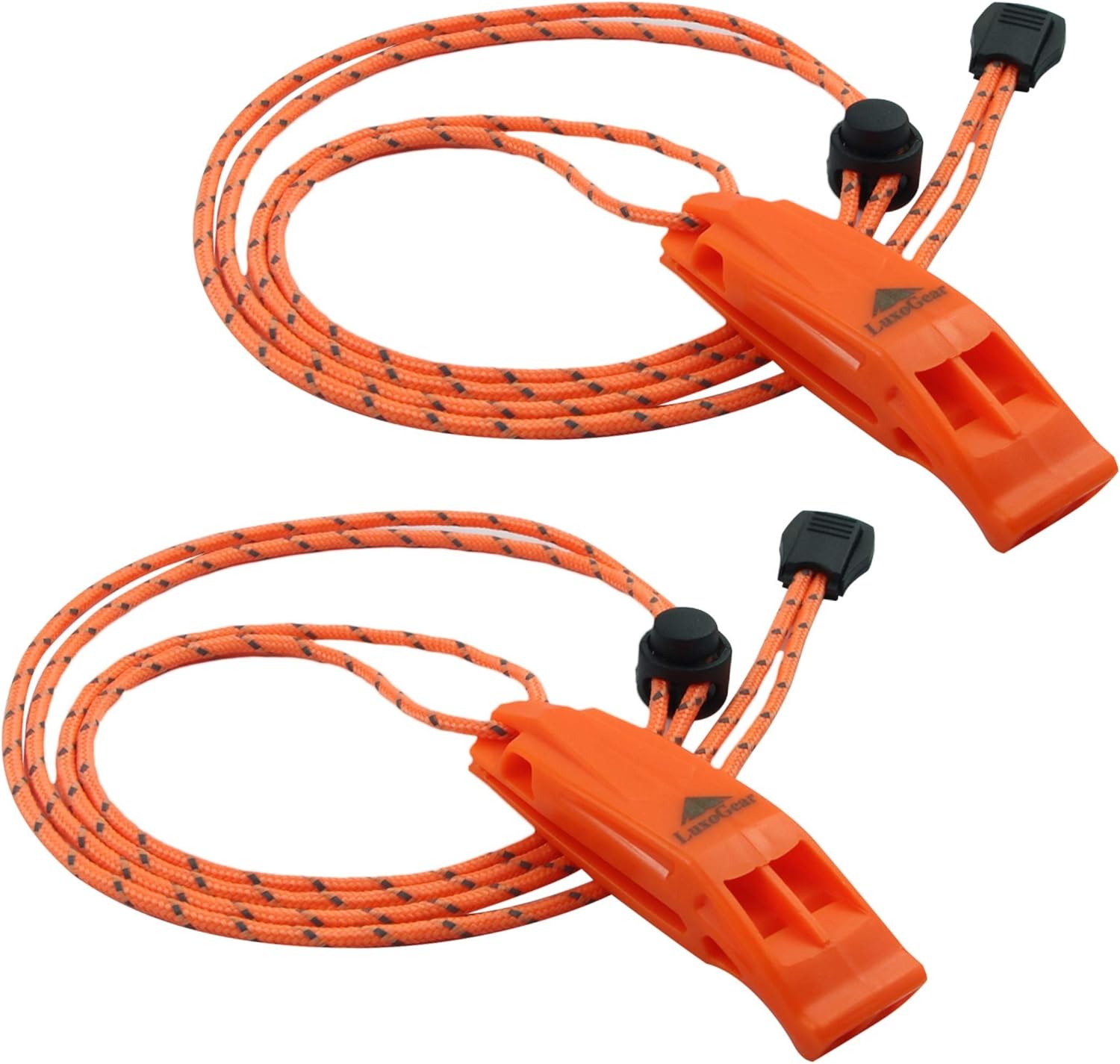
Loud signaling tool used to alert rescuers in chaotic environments. Small, lightweight, and durable.
Types : Plastic or metal; Pealess design for wet conditions.
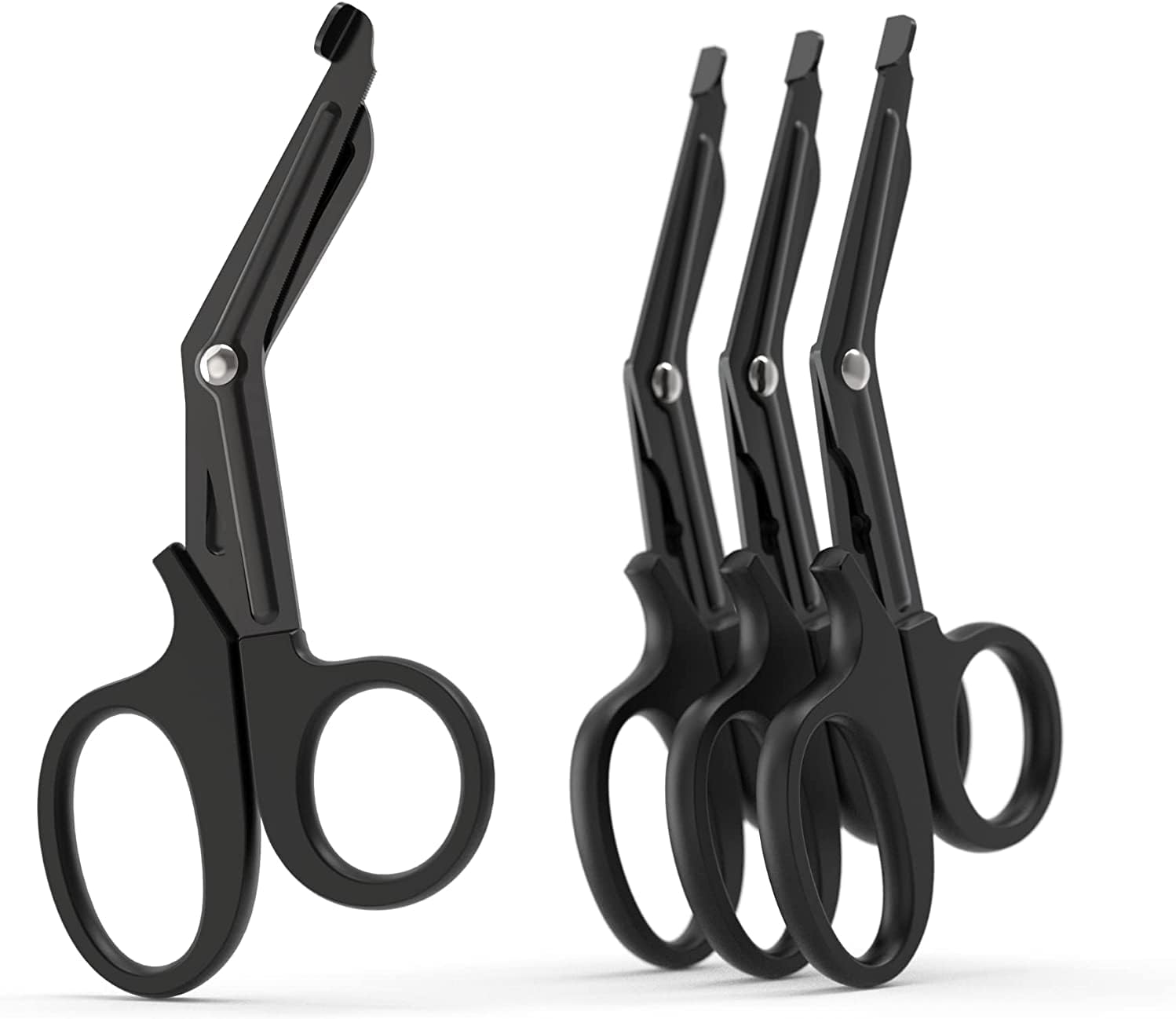
Cut through clothing, gauze, and bandages during emergency care. Blunt tips ensure patient safety.
Types : Titanium-coated, Autoclavable, Non-stick trauma shears.
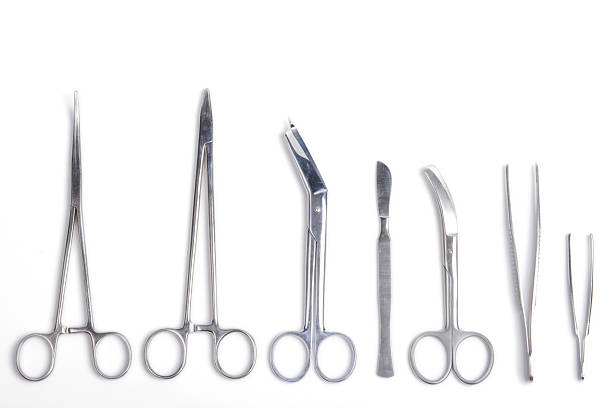
Used to remove debris, splinters, or assist with wound care. Precision grip with sterile or reusable options.
Types : Fine-tip, Slant-tip, Splinter tweezers, Dressing forceps, Adson Forceps, Tissue Forceps, Kelly Forceps, Towel Forceps (Backhaus), Angled Tweezers, Iris Tweezers.
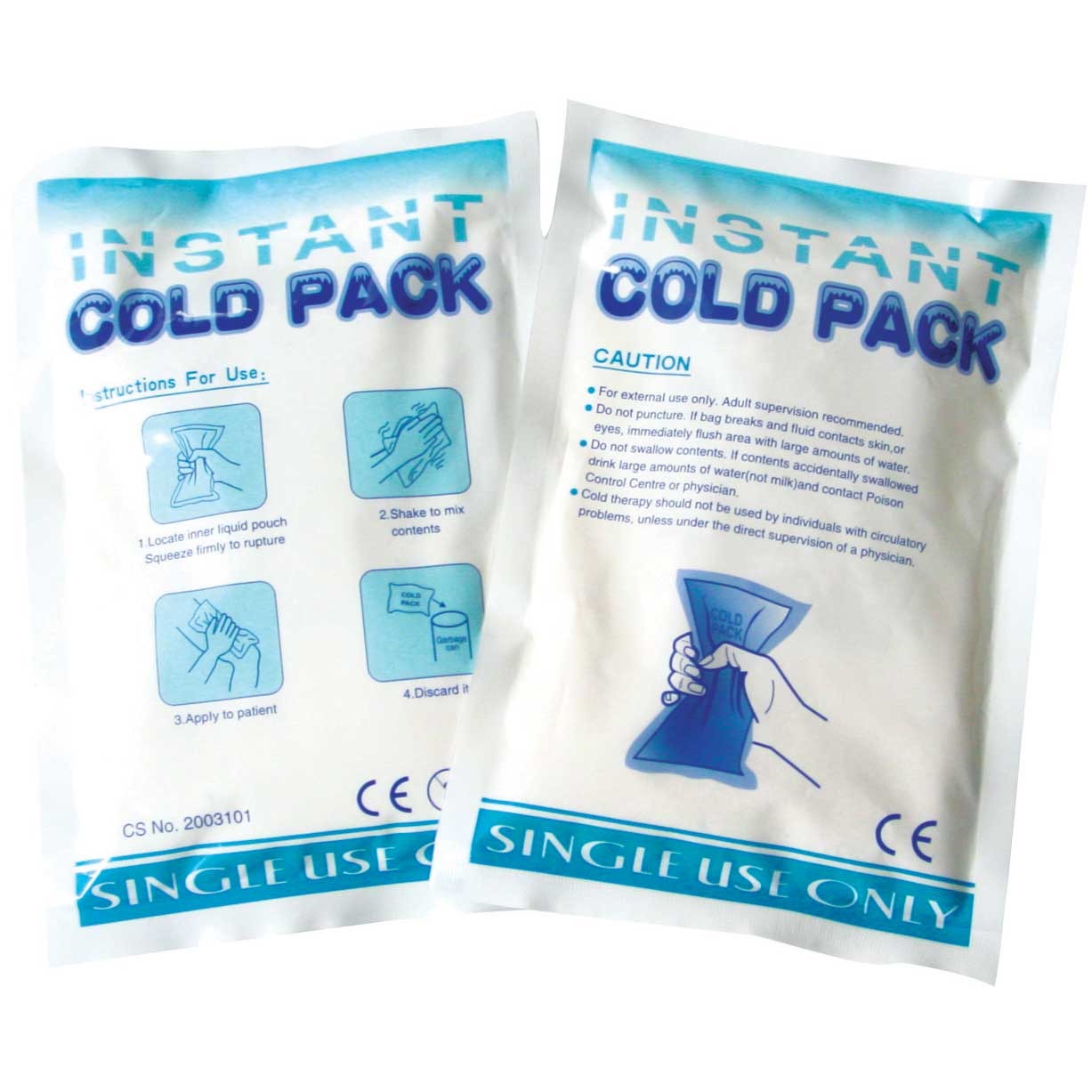
Single-use cold therapy for acute injuries like sprains or bruises. Activates by squeezing or shaking.
Types : Small, medium, and large sizes; Non-toxic contents.
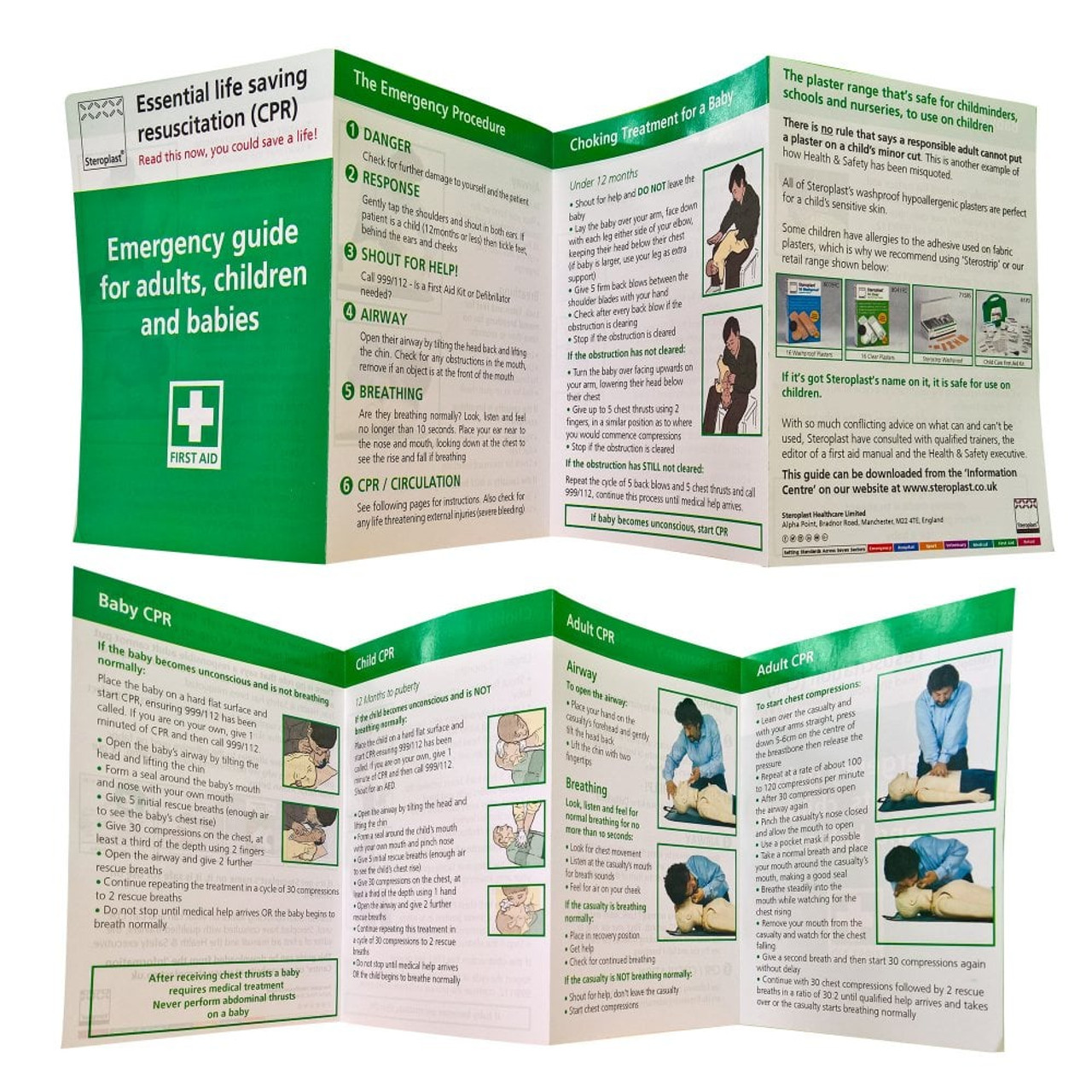
A quick-reference guide for handling medical emergencies, including CPR, bleeding, burns, and fractures.
Types : Pocket-sized booklets, Wall-posters, Digital formats.
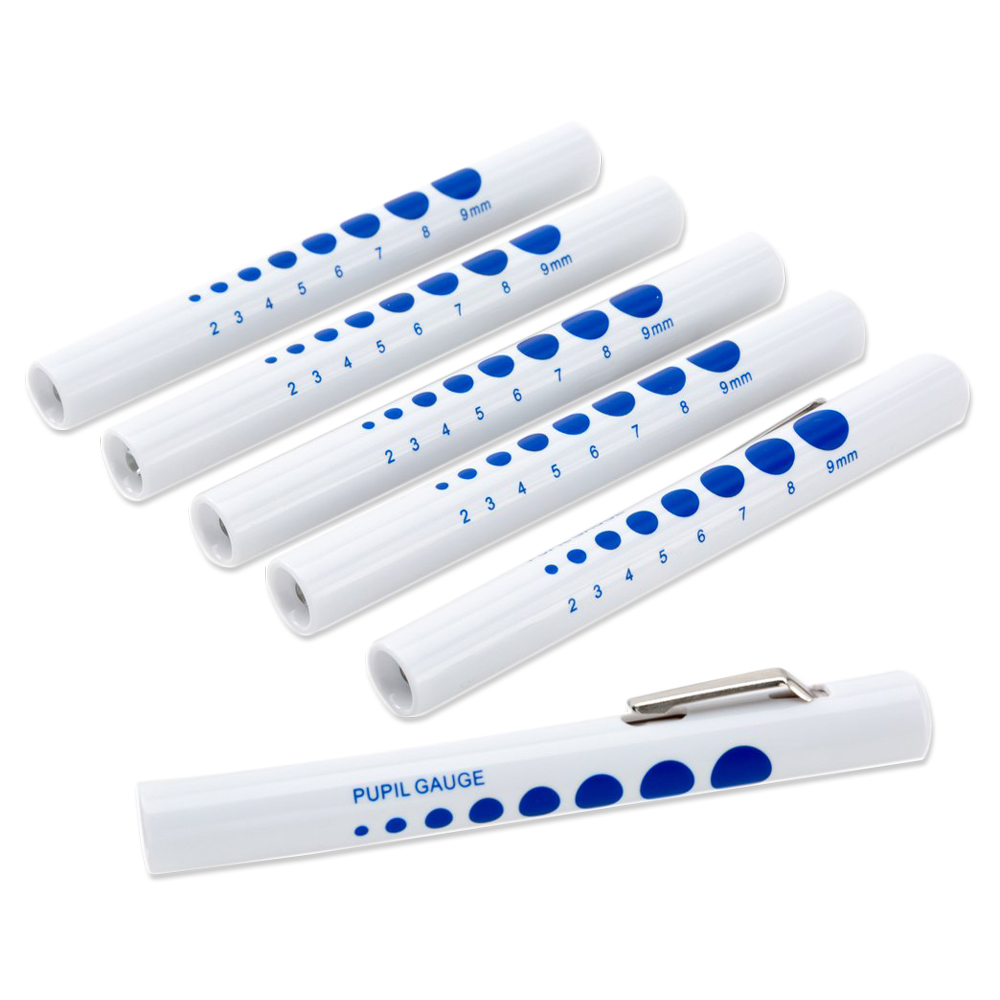
Handheld flashlight used to assess pupils and inspect wounds. Includes pocket clip and pupil gauge.
Types : LED, Disposable, Reusable with battery.

Lightweight thermal blankets used to prevent hypothermia and retain body heat. Reflective surface helps with signaling.
Types : Silver or gold; Single-use and multipack versions.
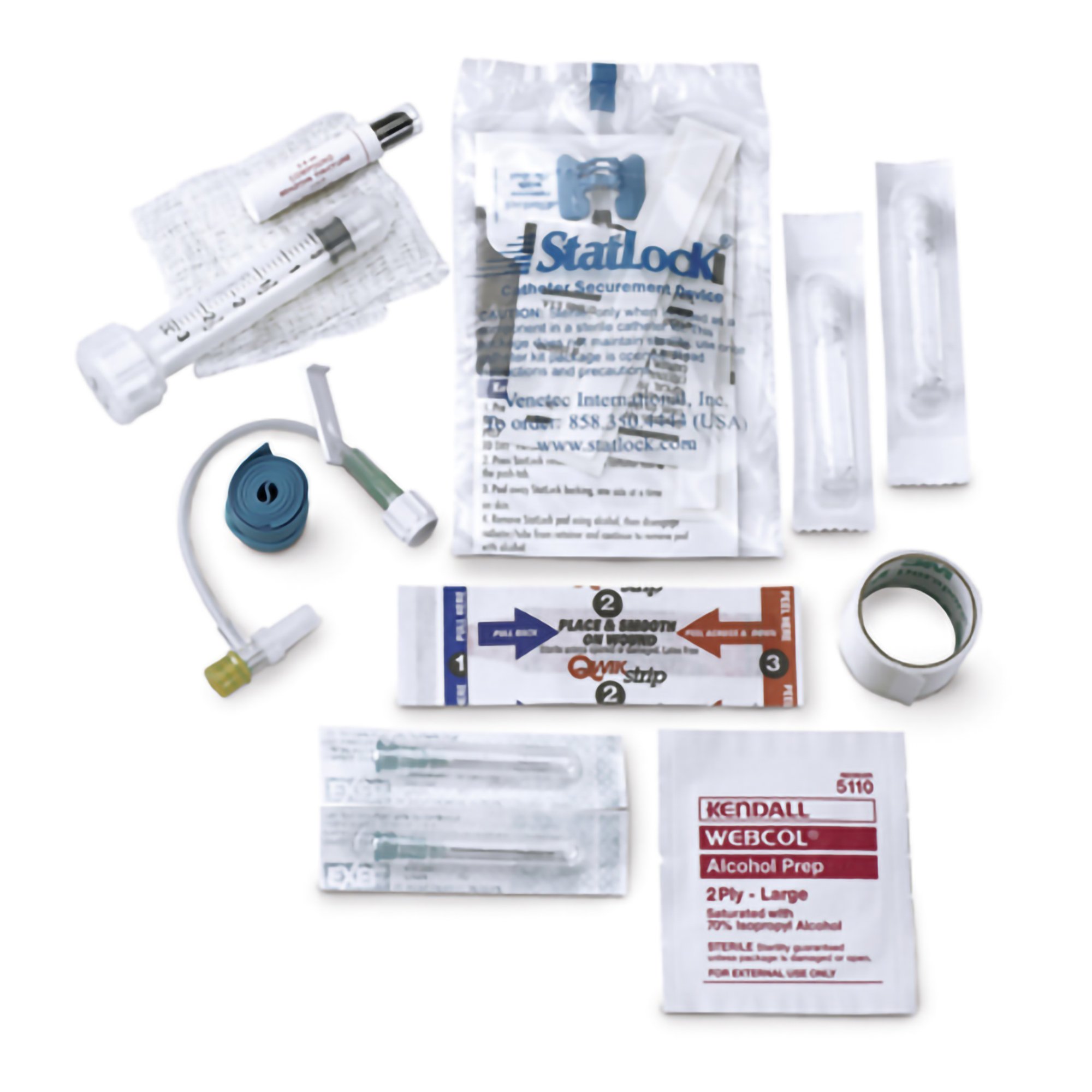
Includes saline, IV catheters, tourniquet, tape, and other components for emergency fluid administration.
Types : Normal saline, Ringer’s lactate; Pediatric and adult IV start kits.

Designed to control severe bleeding by applying constant pressure to the wound site.
Types : Elasticized trauma bandages, Emergency bandages with pressure bar.
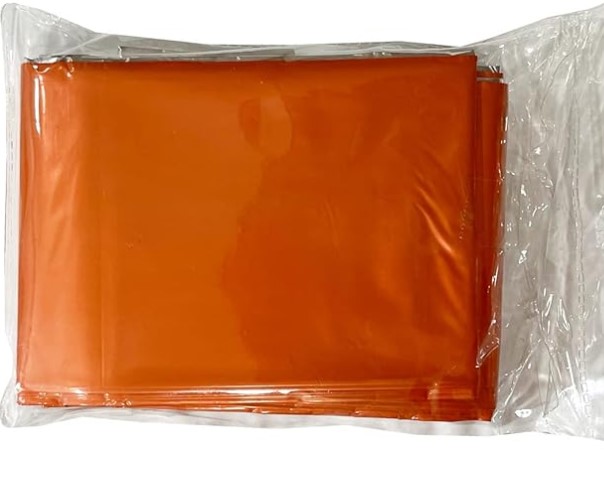
Insulated wraps used to stabilize core temperature in shock or exposure. Often used in conjunction with thermal blankets.
Types : Full-body foil wraps, Heat-retaining rescue sheets.
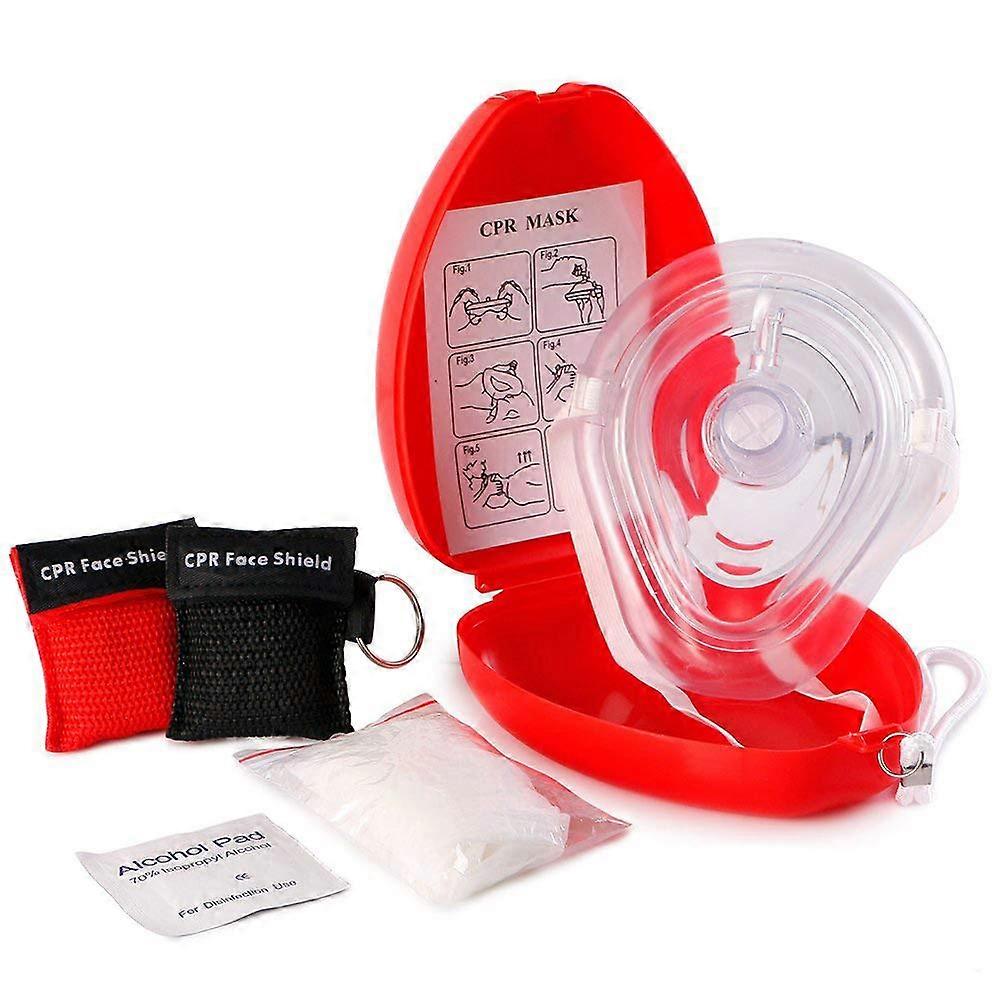
Barrier device for safe mouth-to-mouth resuscitation. Prevents cross-contamination during CPR.
Types : One-way valve shields, Foldable masks with cases.
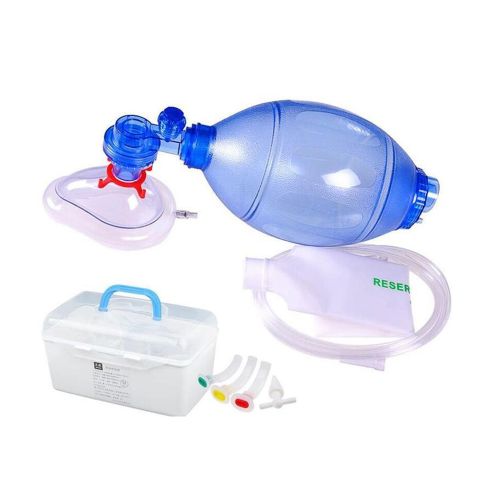
Delivers positive-pressure ventilation during CPR or respiratory arrest. Can be used with or without oxygen.
Types : Single-use or reusable; Adult, Pediatric, Neonatal sizes.
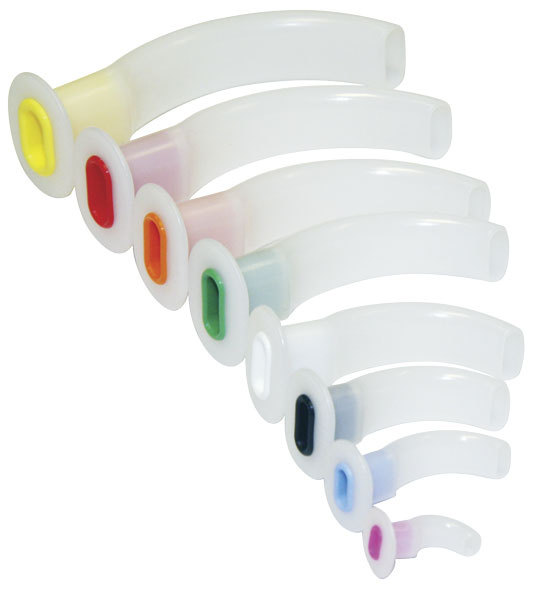
Keeps airway open in unconscious patients by preventing tongue obstruction. Color-coded by size.
Types : Berman and Guedel types; Latex-free plastic.
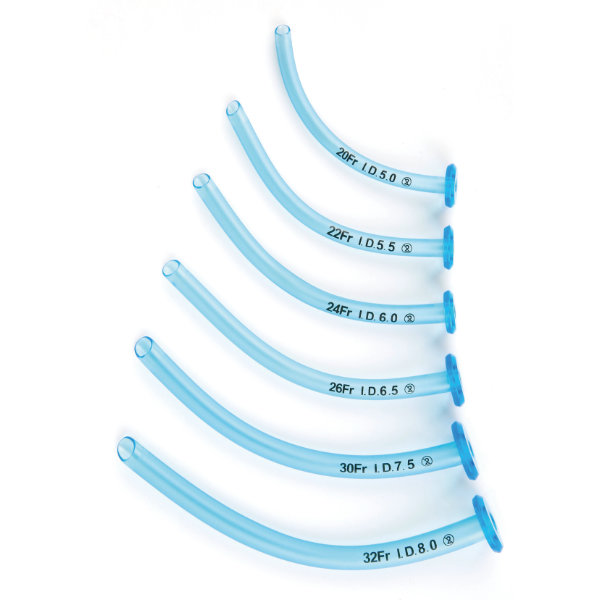
Soft, flexible airway for semi-conscious patients requiring airway support. Lubricated for easy insertion.
Types : Various diameters; Flanged and non-flanged.
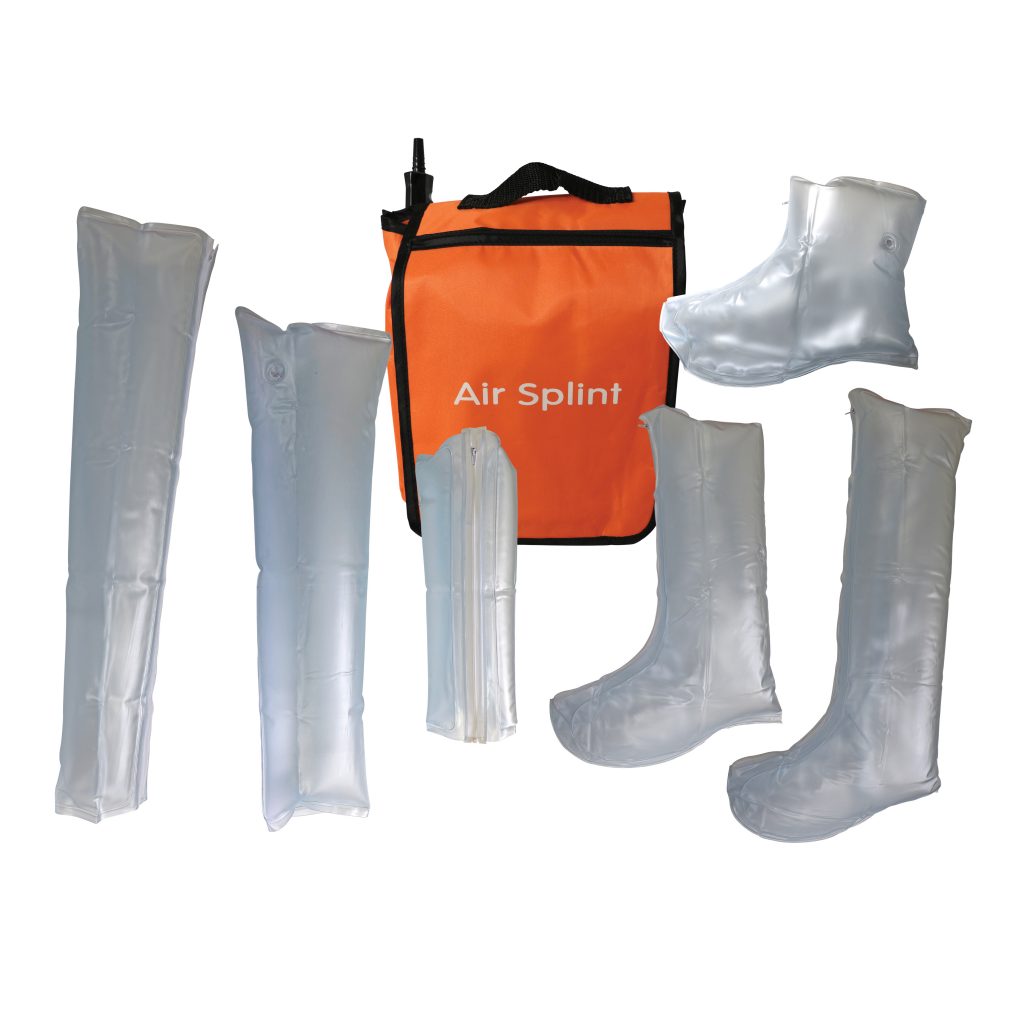
Stabilize broken bones and sprains to prevent further injury during transport.
Types : SAM splints (malleable), Inflatable air splints, Finger splints.
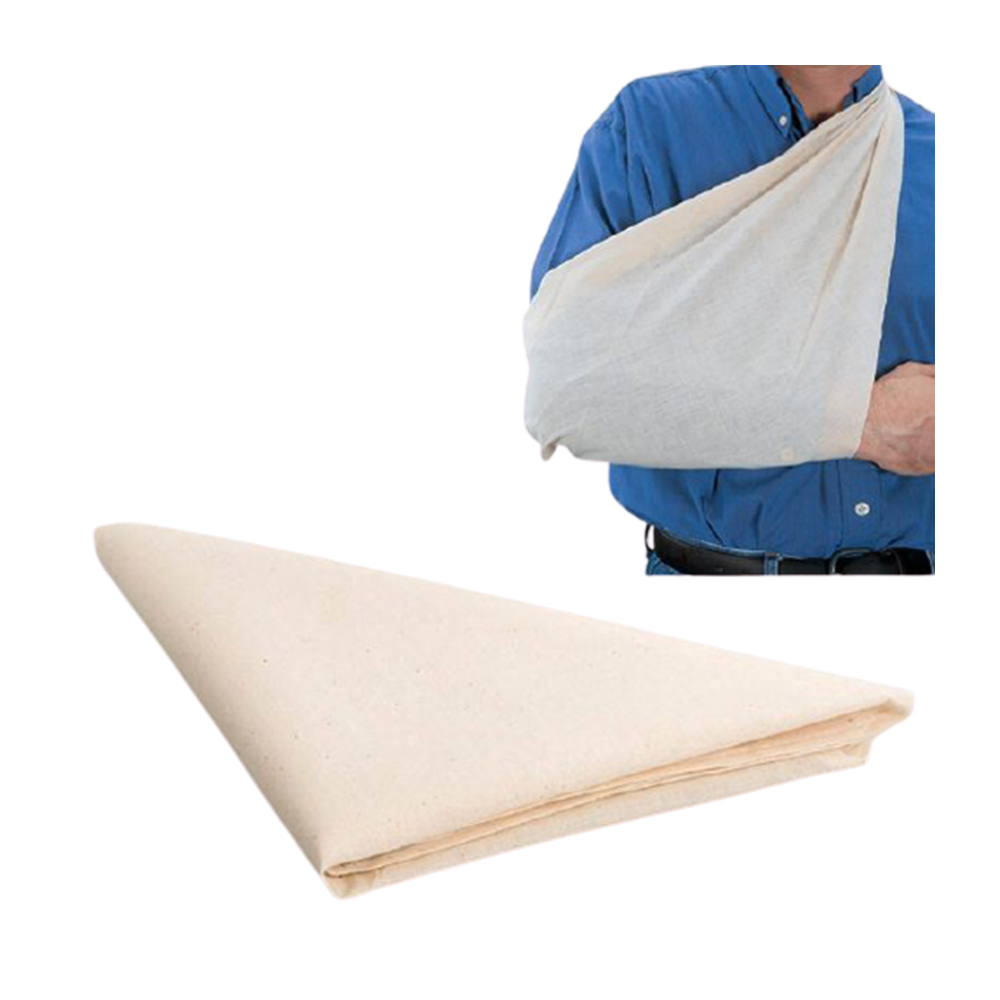
Multi-use cloth bandage for slings, head wraps, or wound dressing. Essential in basic first aid.
Types : Cotton, Non-woven; Individually packed.
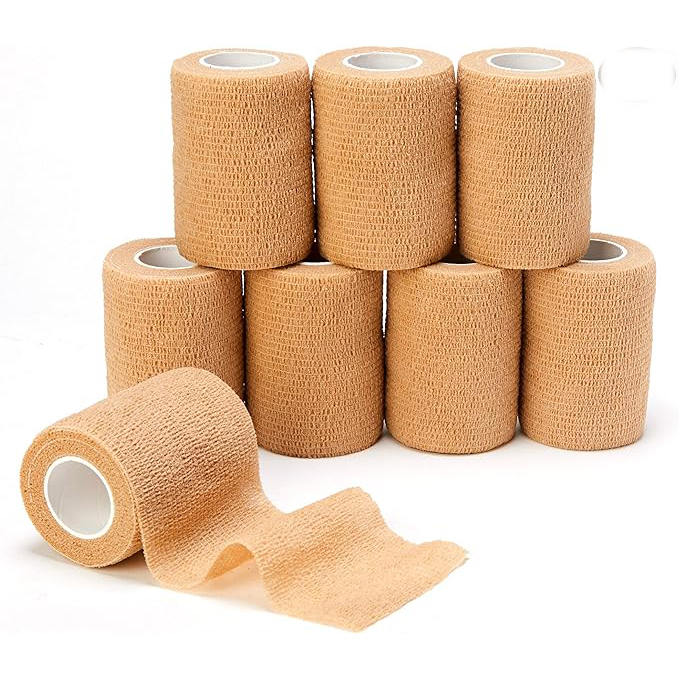
Provide compression and support for strains, sprains, and injuries. Reusable and stretchable.
Types : With or without Velcro closures; Multiple widths.
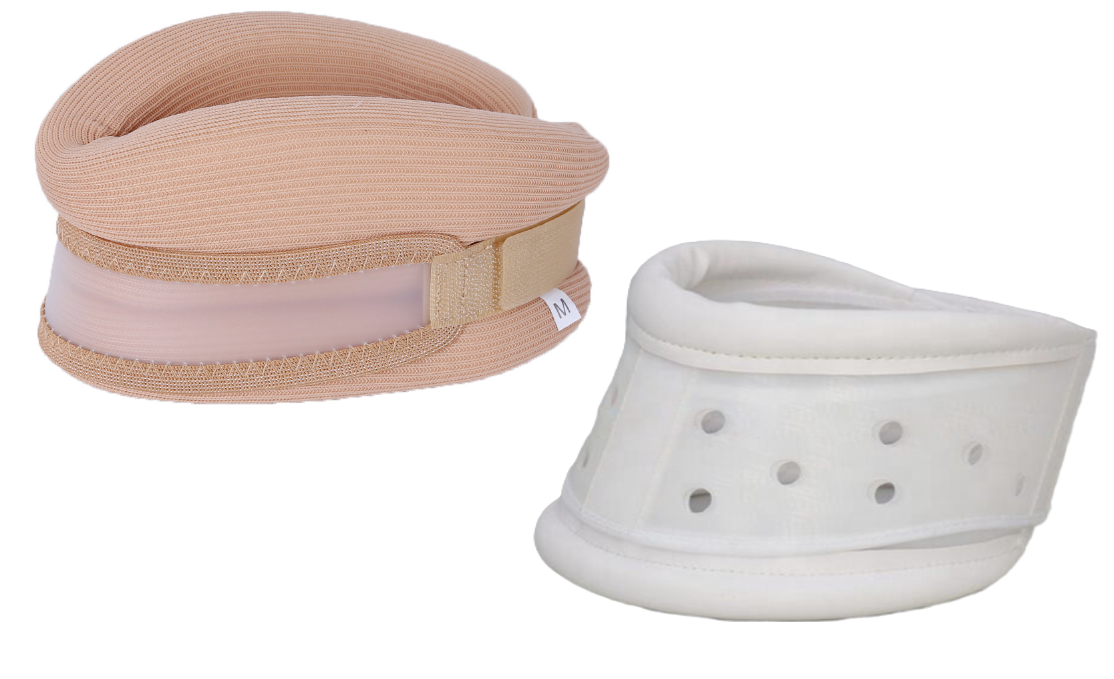
Immobilize the neck to prevent further injury in trauma patients. Used in spinal precautions.
Types : Soft foam collars, Rigid adjustable collars (e.g. Philadelphia).
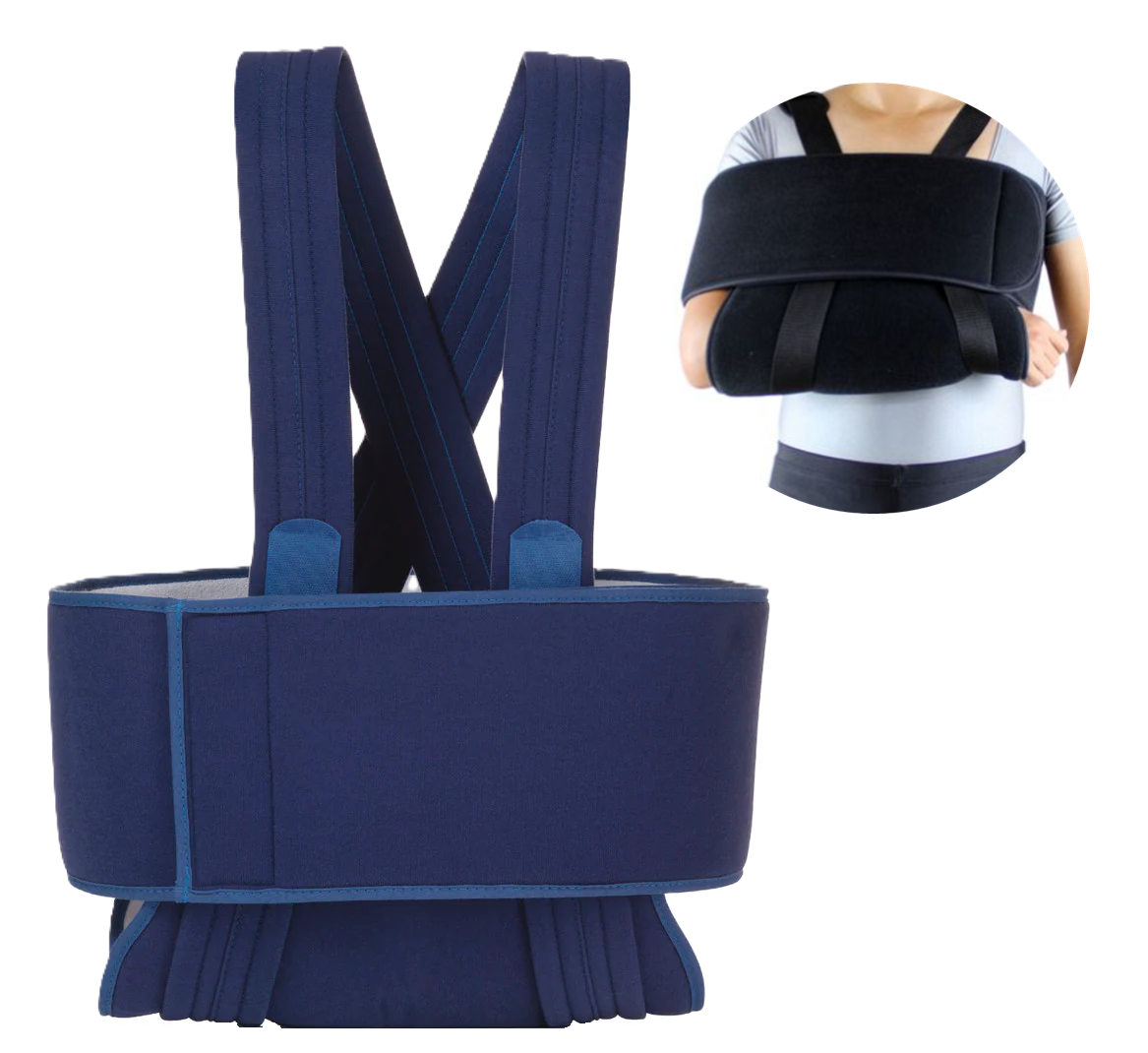
Support injured arms or shoulders by restricting movement and reducing strain.
Types : Adjustable shoulder slings, Combined sling-and-swathe kits.
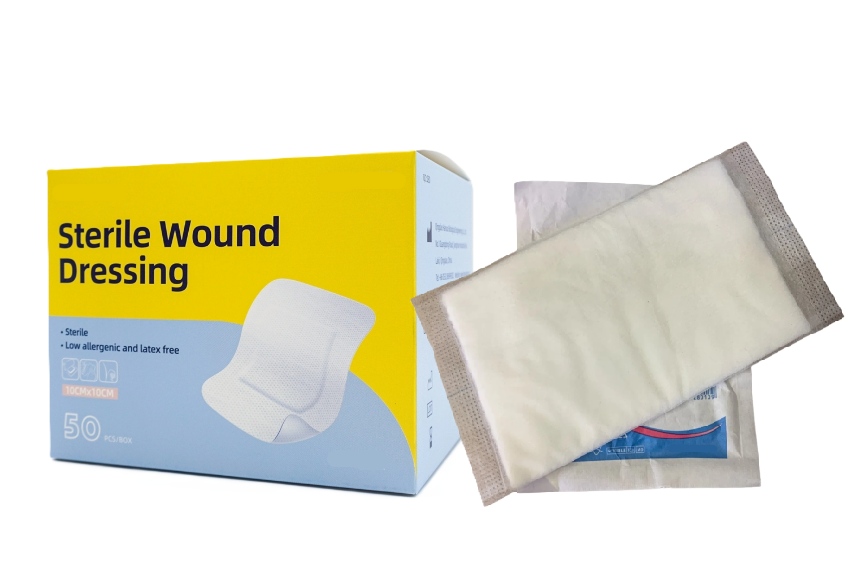
Absorb blood and protect large wounds or burns from infection. Sterile and individually wrapped.
Types : ABD pads, Multi-trauma dressings, Hydrogel dressings.
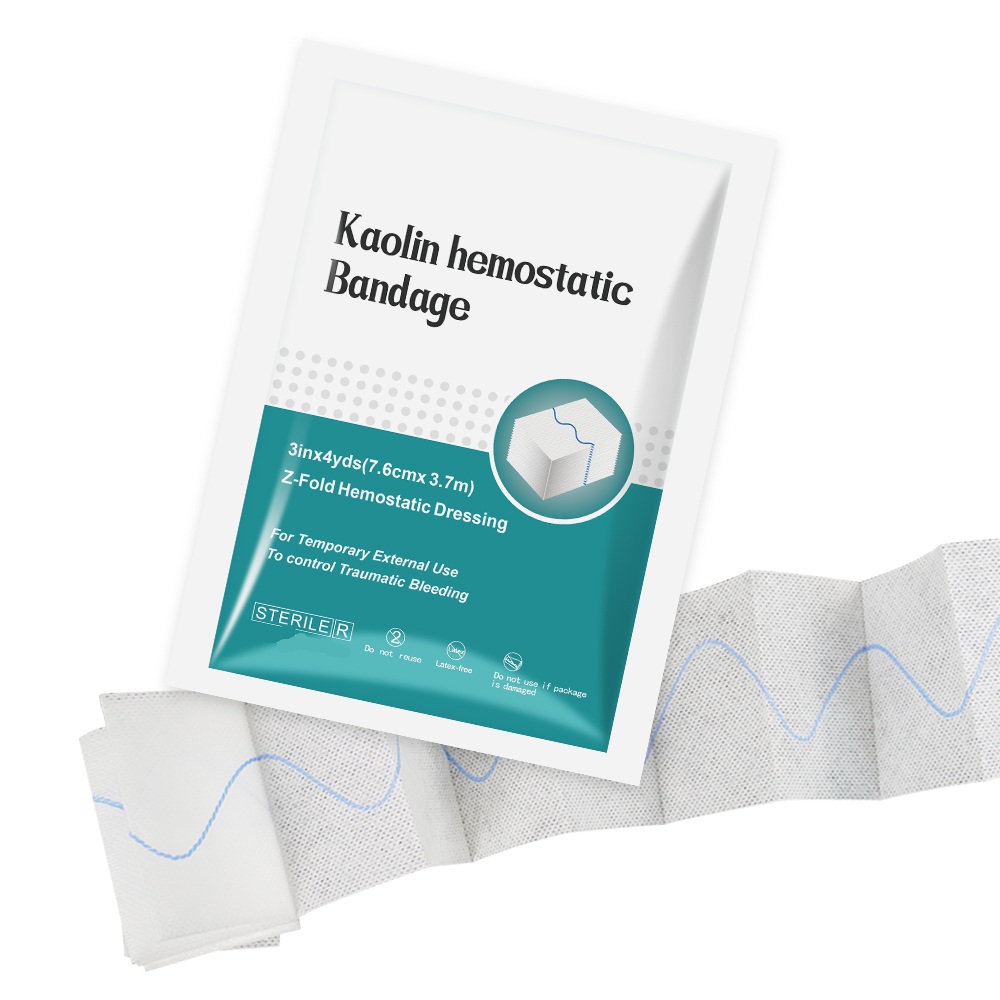
Accelerate blood clotting for life-threatening hemorrhages. Used in trauma and combat settings.
Types : Hemostatic gauze, Granules, Bandage-embedded agents.
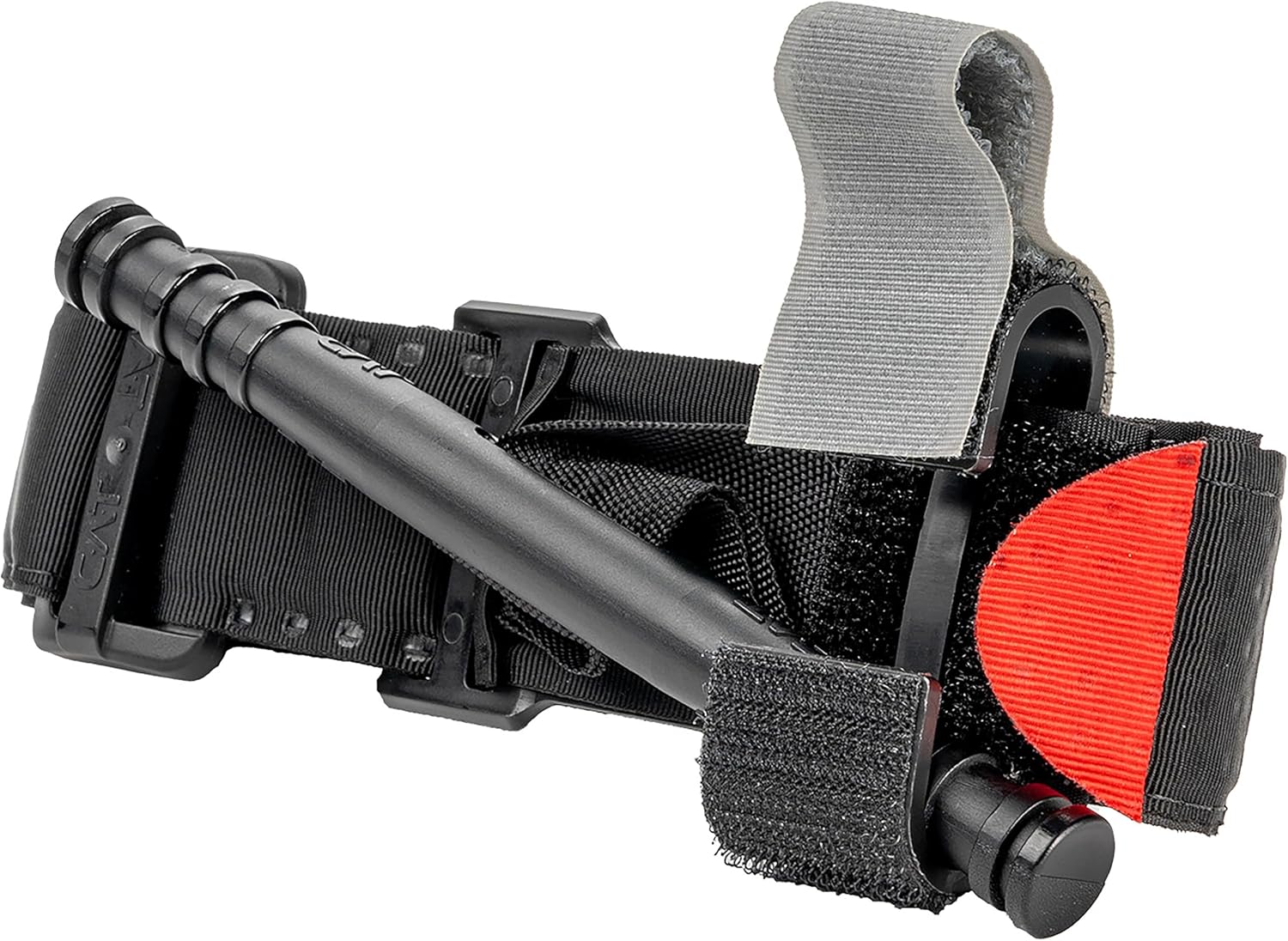
Control severe limb bleeding by restricting blood flow until advanced care arrives.
Types : Combat Application Tourniquet (CAT), Stretch-Wrap-And-Tuck (SWAT-T).
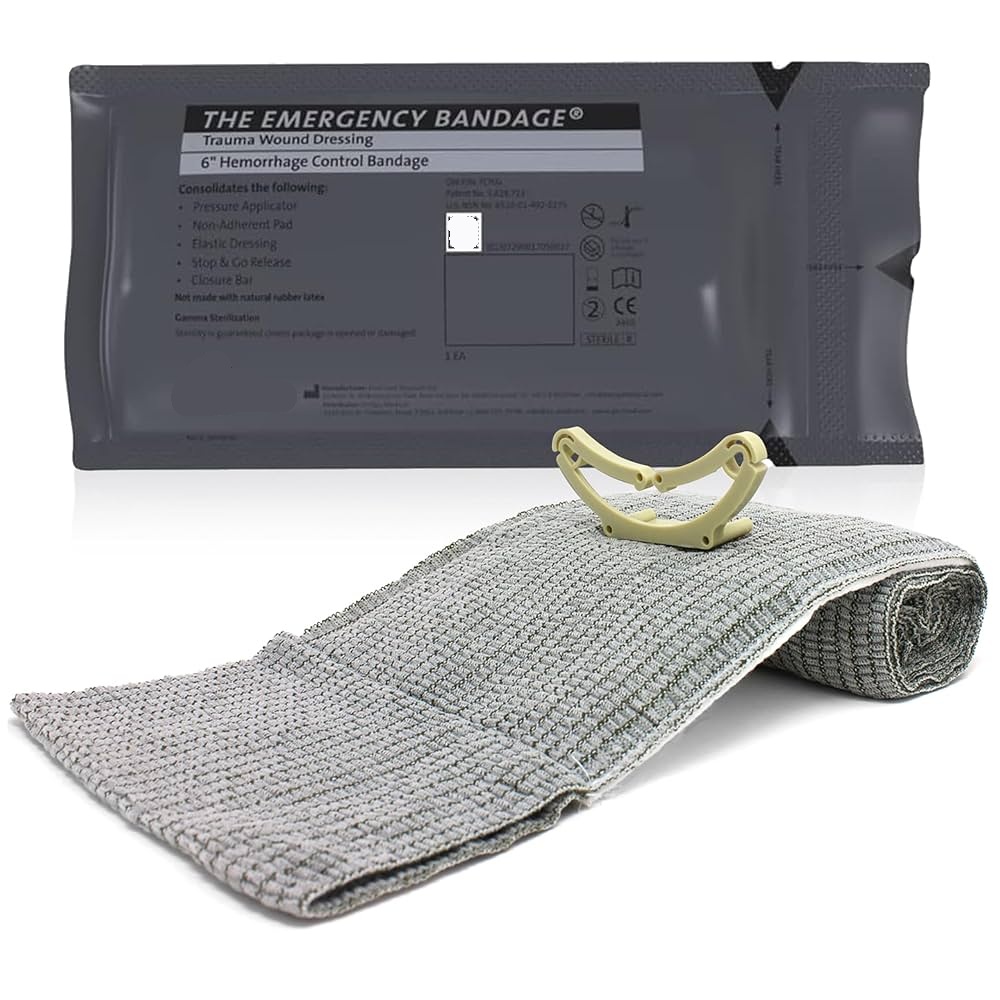
Combines a sterile dressing, pressure applicator, and closure in one compact design. Ideal for field emergencies.
Types : 4-inch and 6-inch widths, Military-grade trauma bandages.
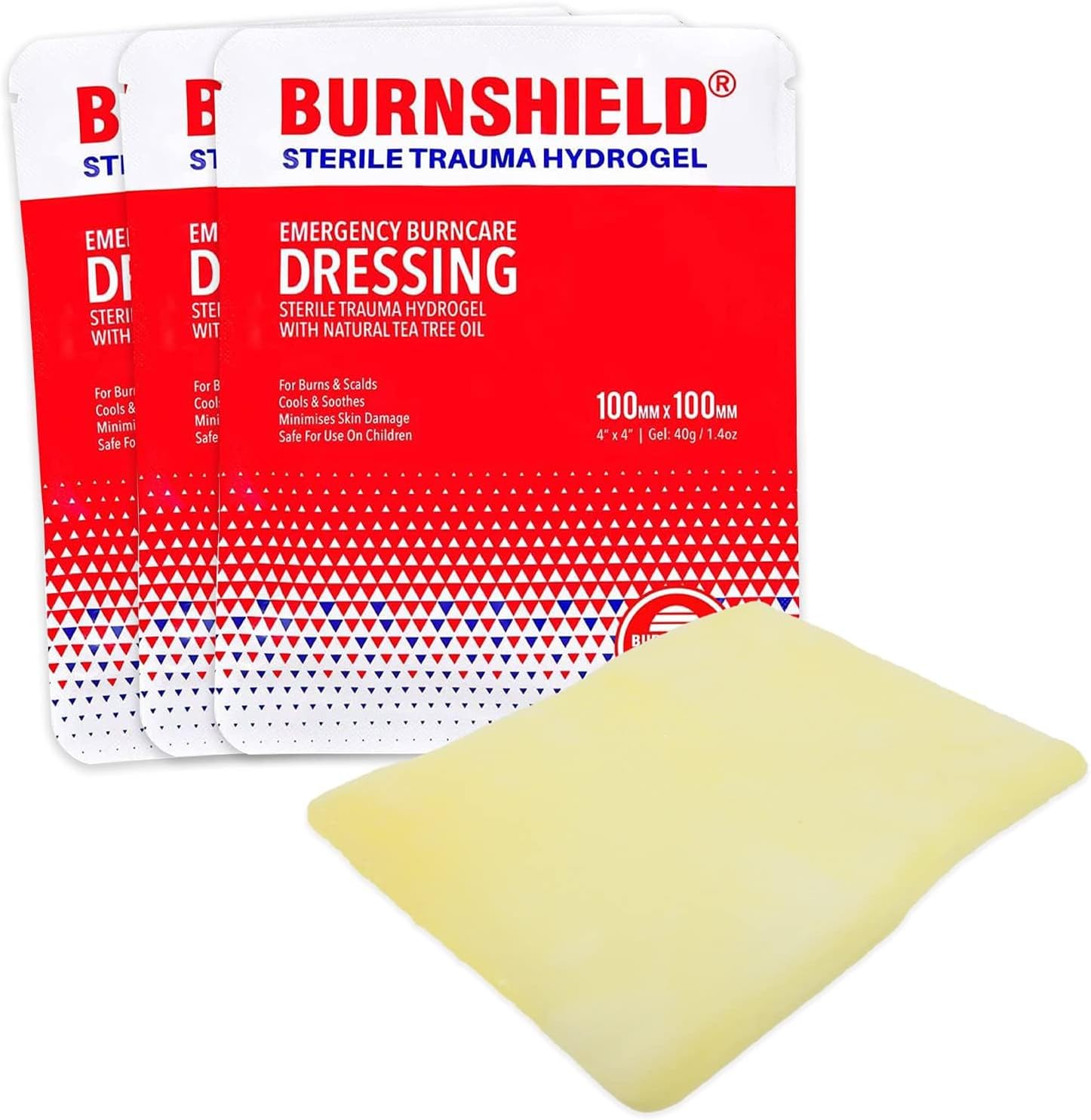
Cools and protects burn injuries while preventing infection. Provides pain relief and wound hydration.
Types : Burnshield dressings, Silver sulfadiazine gel, Hydrogel pads.
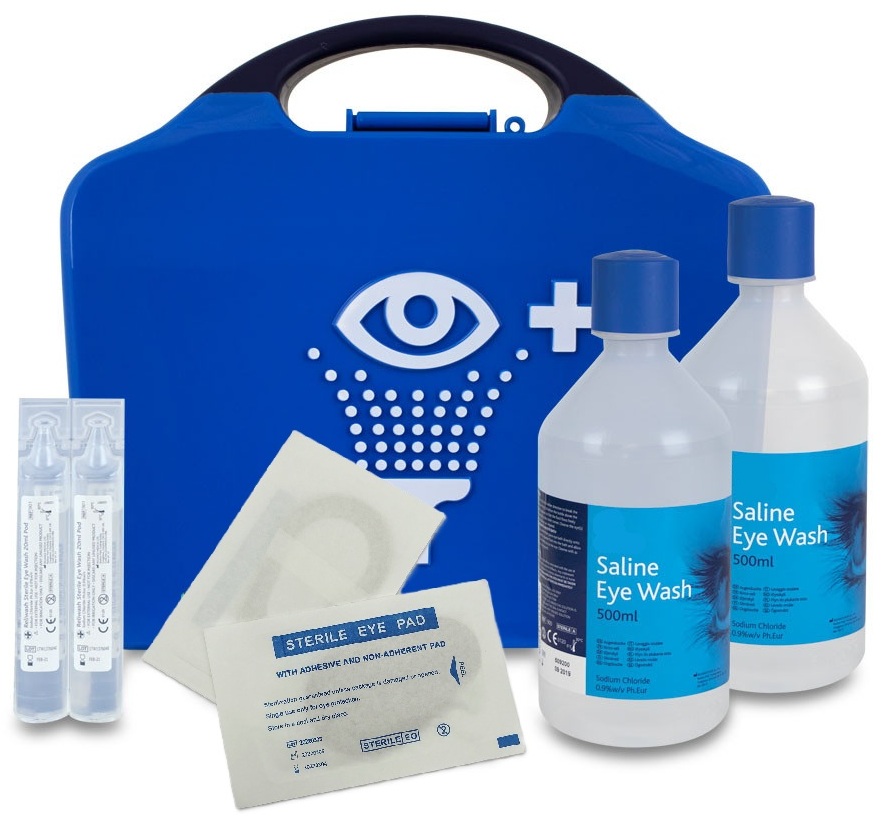
Flushes irritants and foreign objects from the eyes; pads protect post-injury.
Types : Sterile saline bottles, Eye wash stations, Adhesive eye pads.
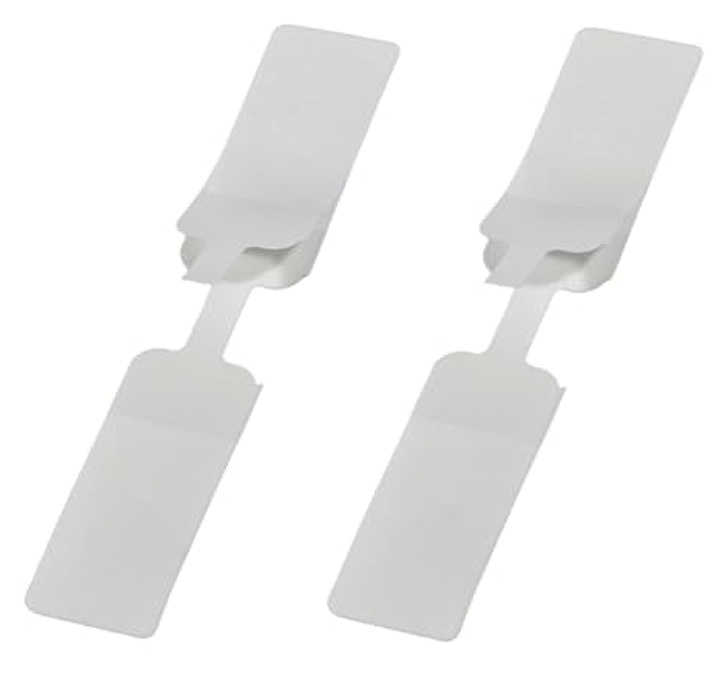
Close small cuts without stitches. Promotes wound healing and reduces scarring.
Types : Adhesive wound closures, Medical-grade cyanoacrylate glue.
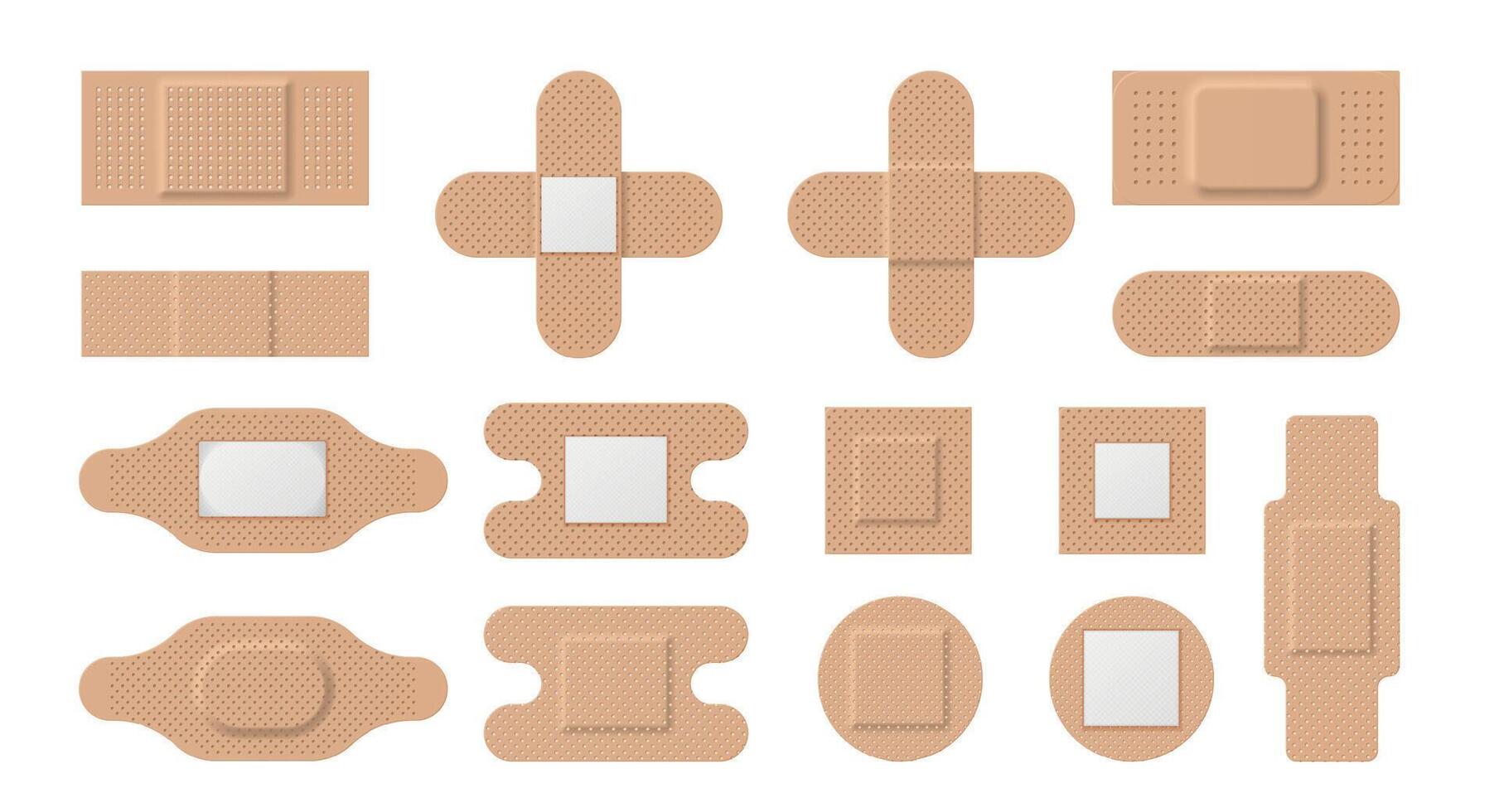
Protect minor cuts and abrasions from dirt and infection. Breathable and flexible.
Types : Strip, Spot, Fingertip, Waterproof bandages.
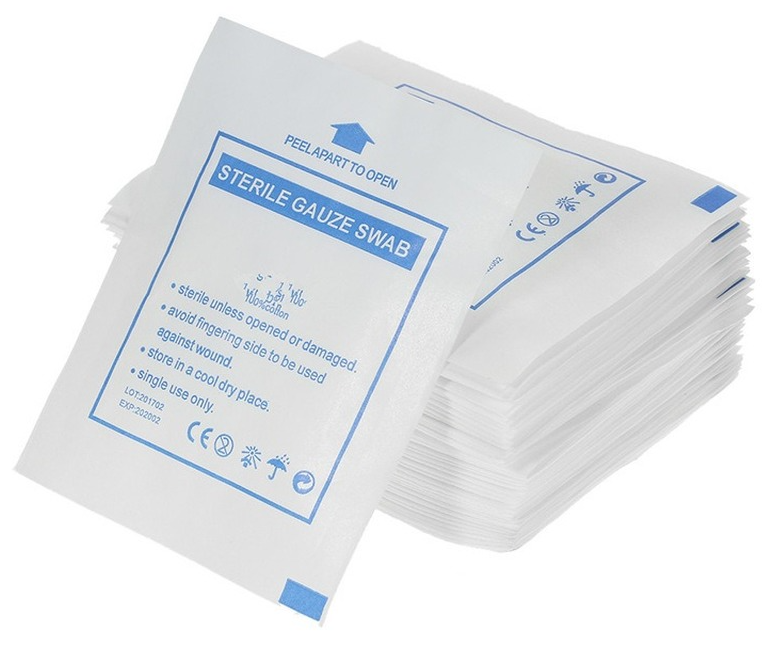
Used to clean, cover, and pack wounds. Sterile and highly absorbent.
Types : Different size pads; Rolled gauze, Non-stick options, Highly Absorbent (ABD) Pads, Island Dressings.
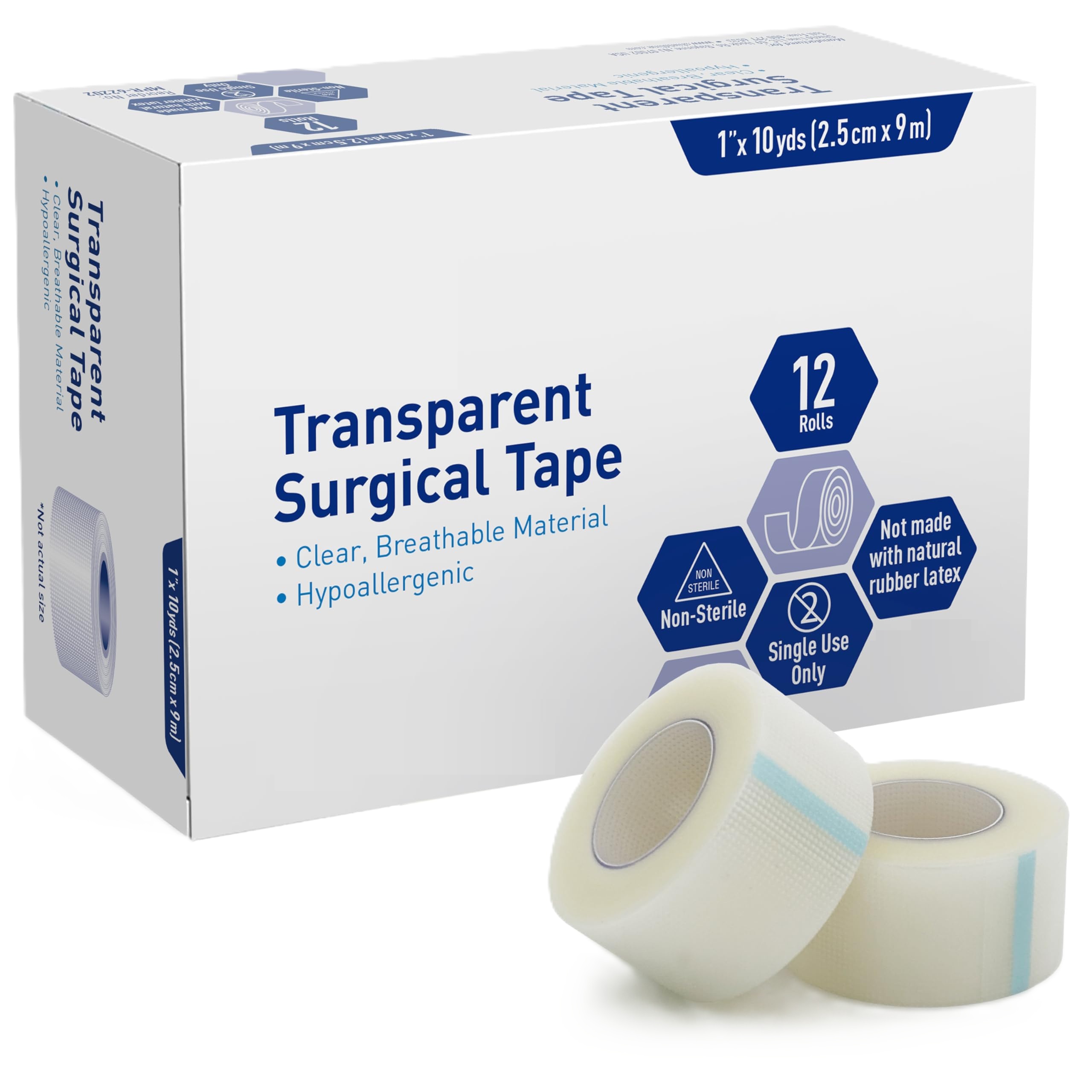
Secures dressings and devices to the skin while minimizing irritation.
Types : Paper, Cloth, Silicone, Waterproof, or latex-free tapes, Transparent Plastic Tape.
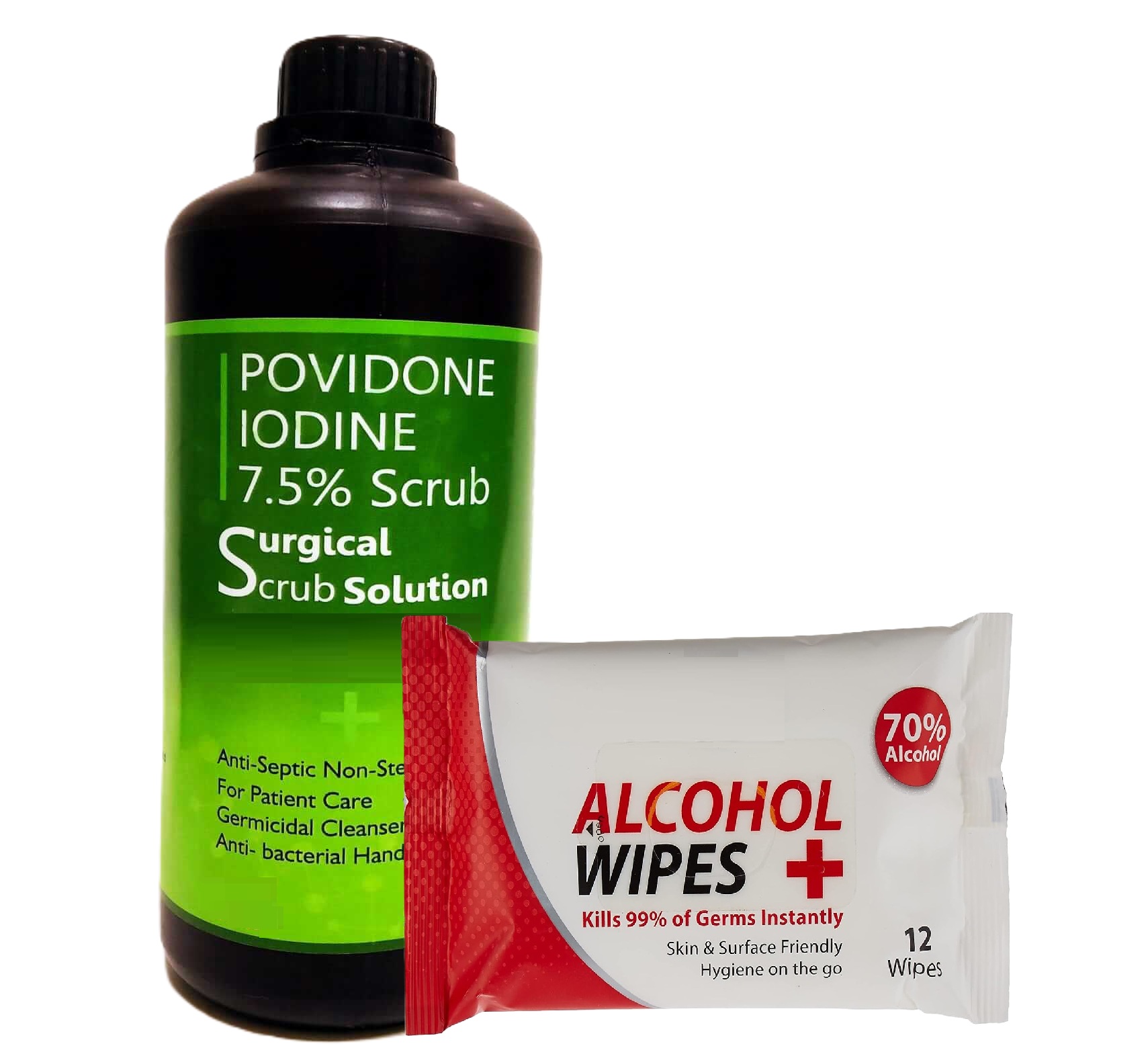
Disinfect wounds, instruments, and skin surfaces to prevent infection.
Types : Alcohol pads, Hydrogen peroxide, Povidone-iodine wipes, Chlorhexidine Wipes, Antibacterial Hand Wipes, BZK Wipes, Cleansing Wipes.